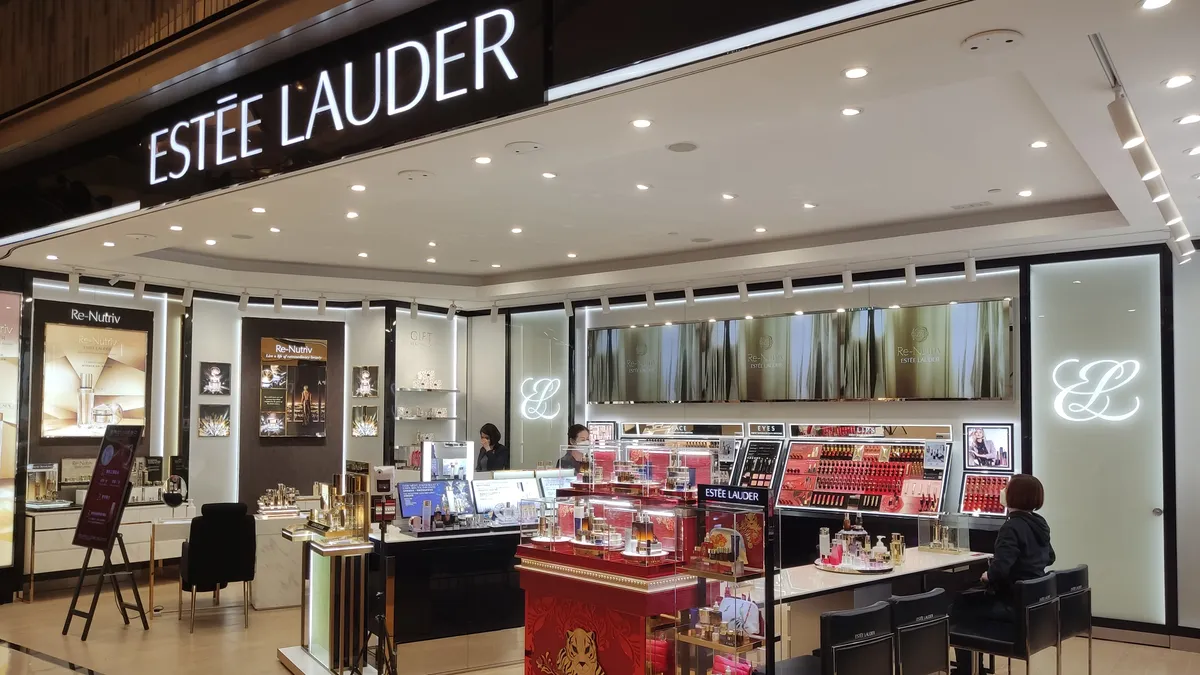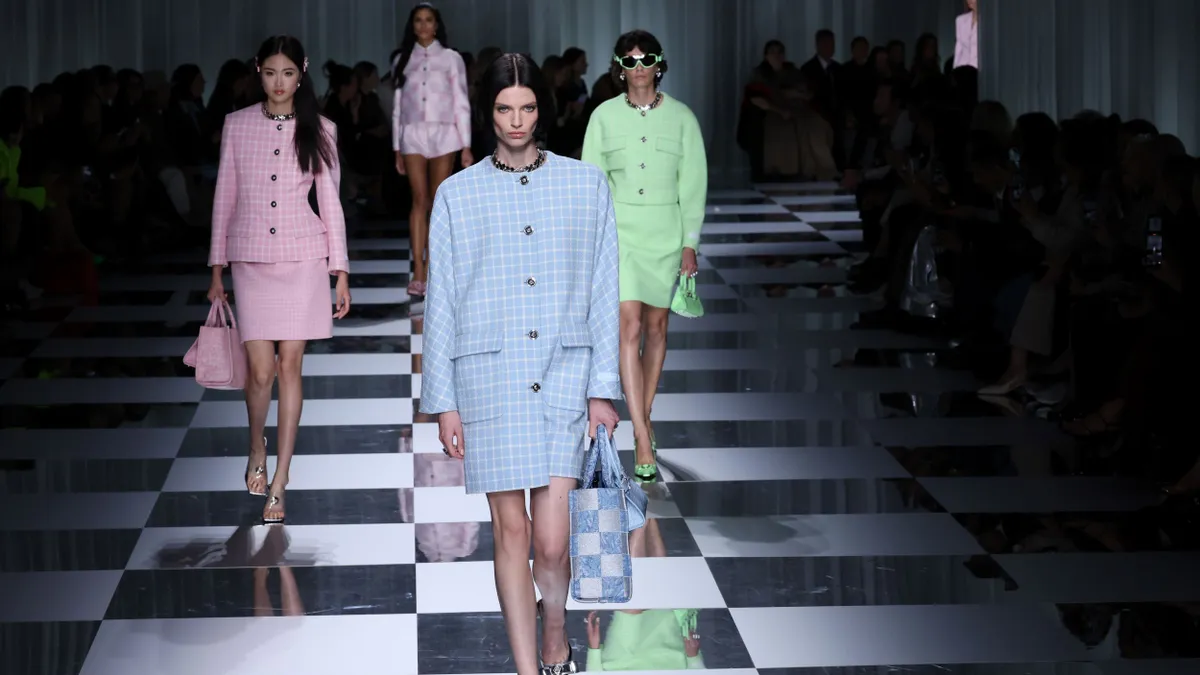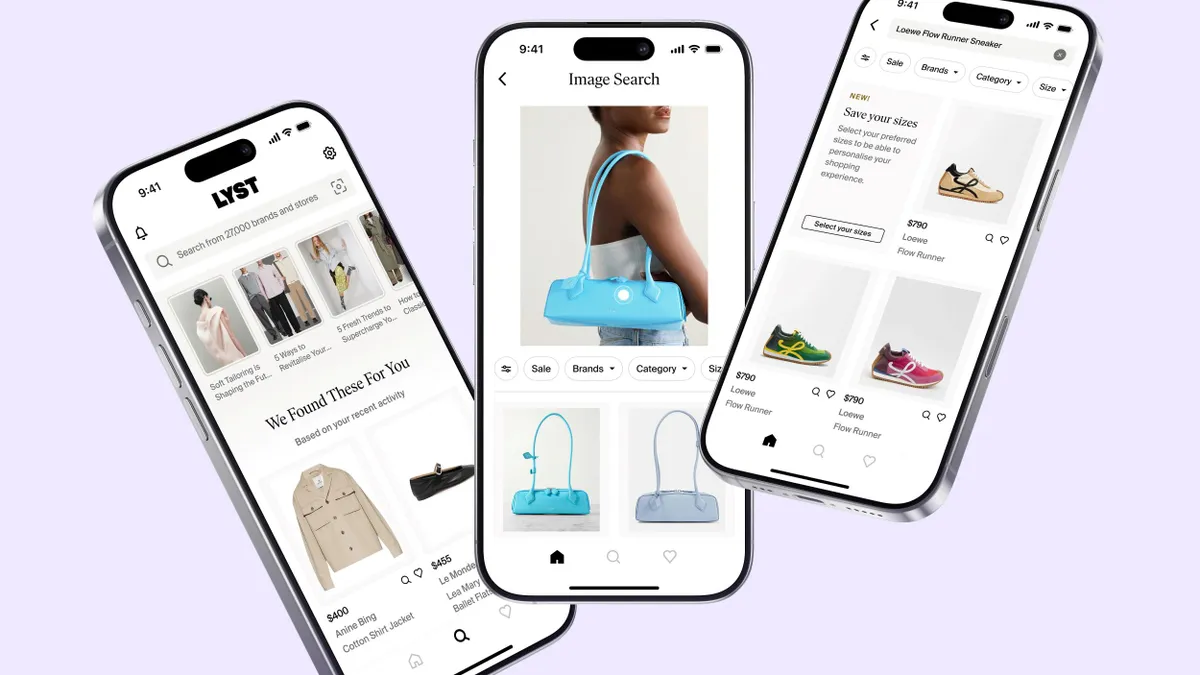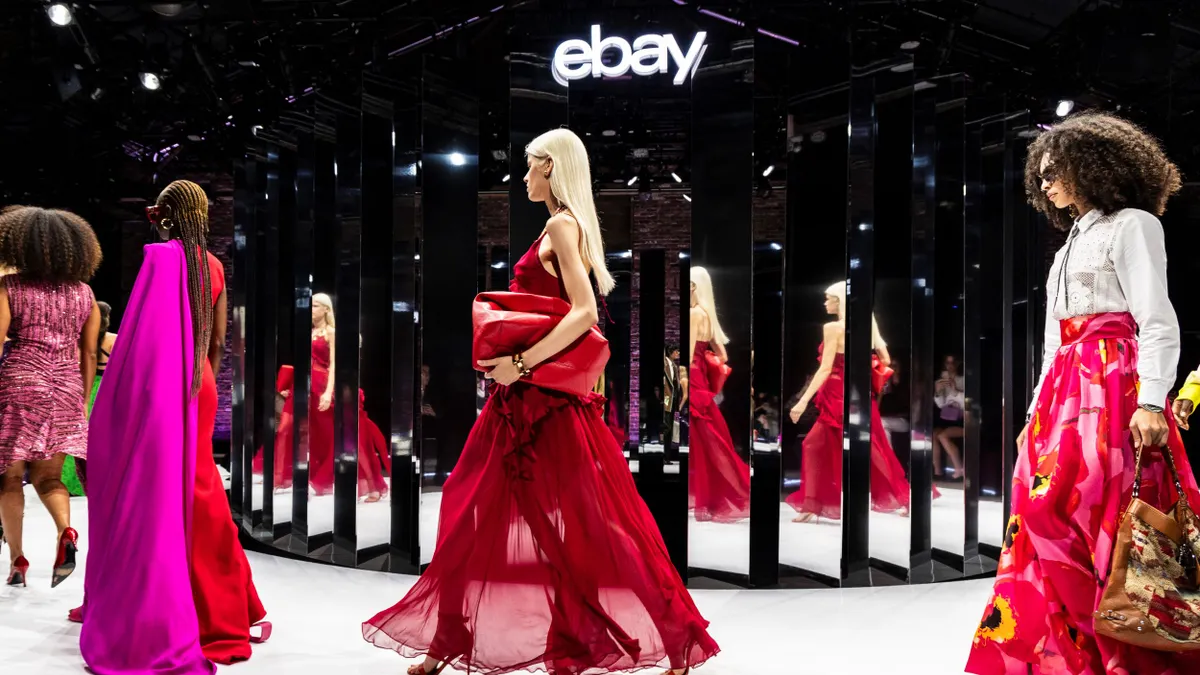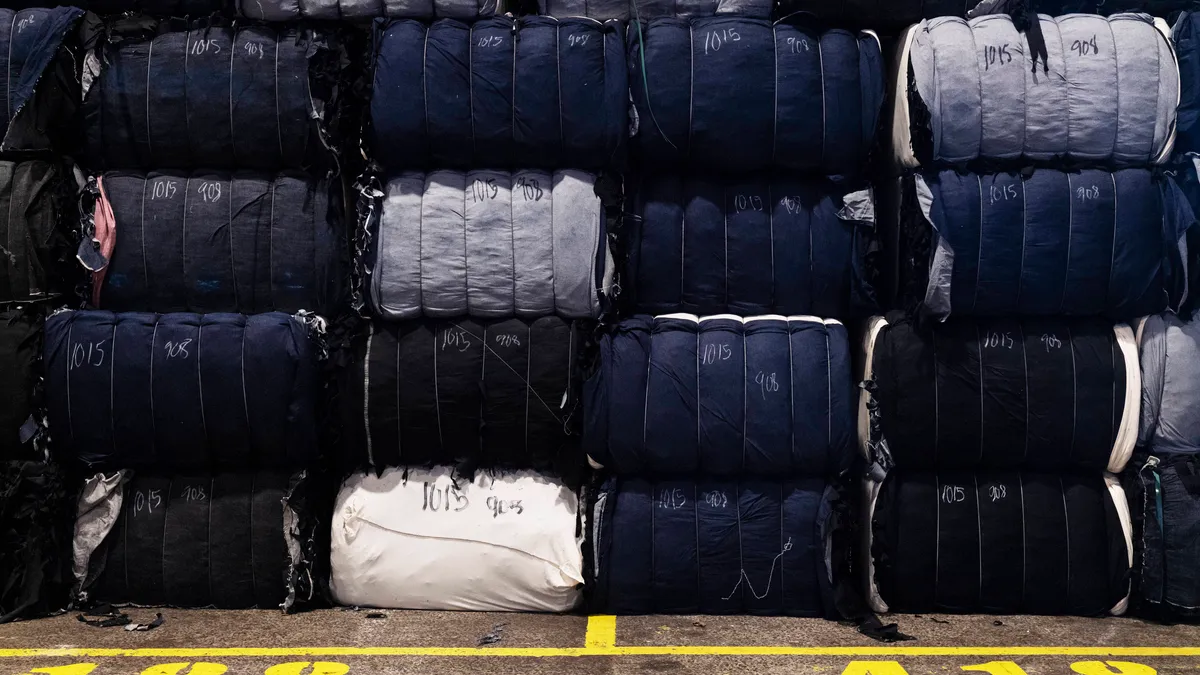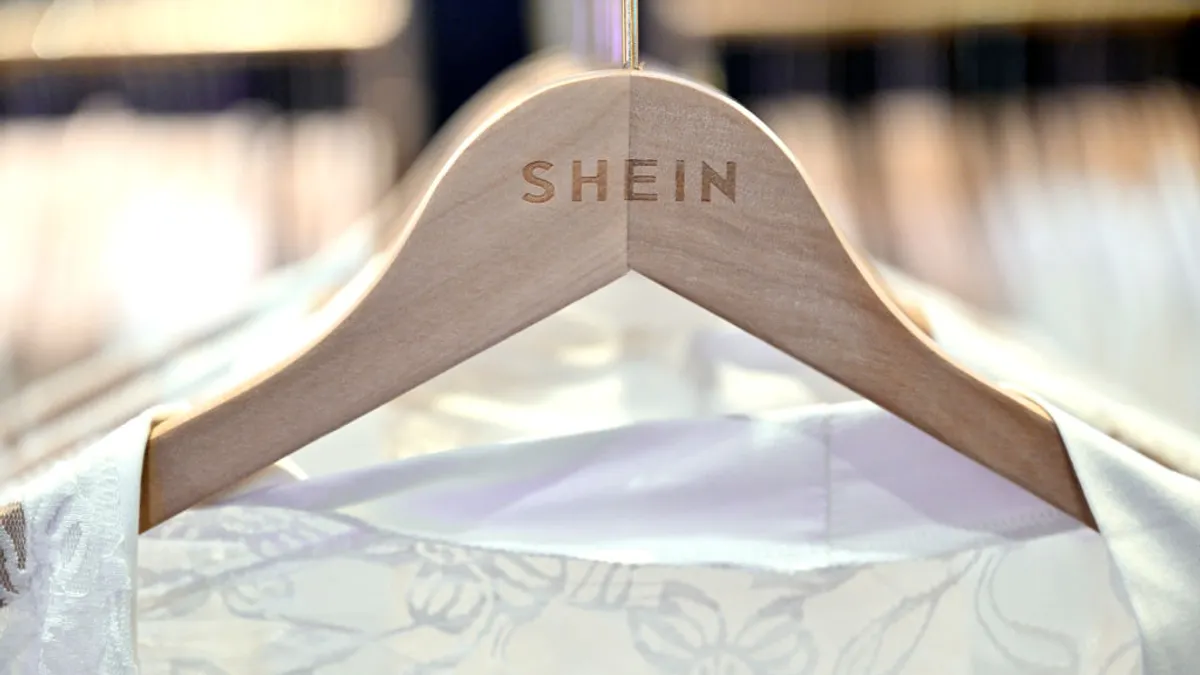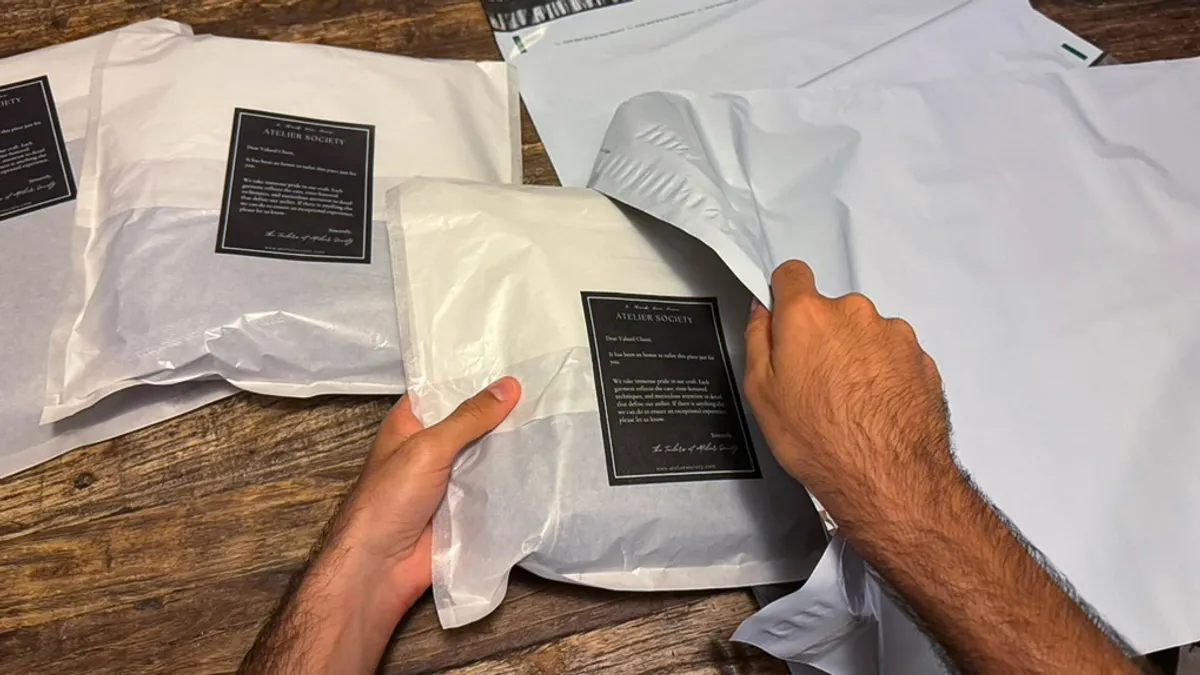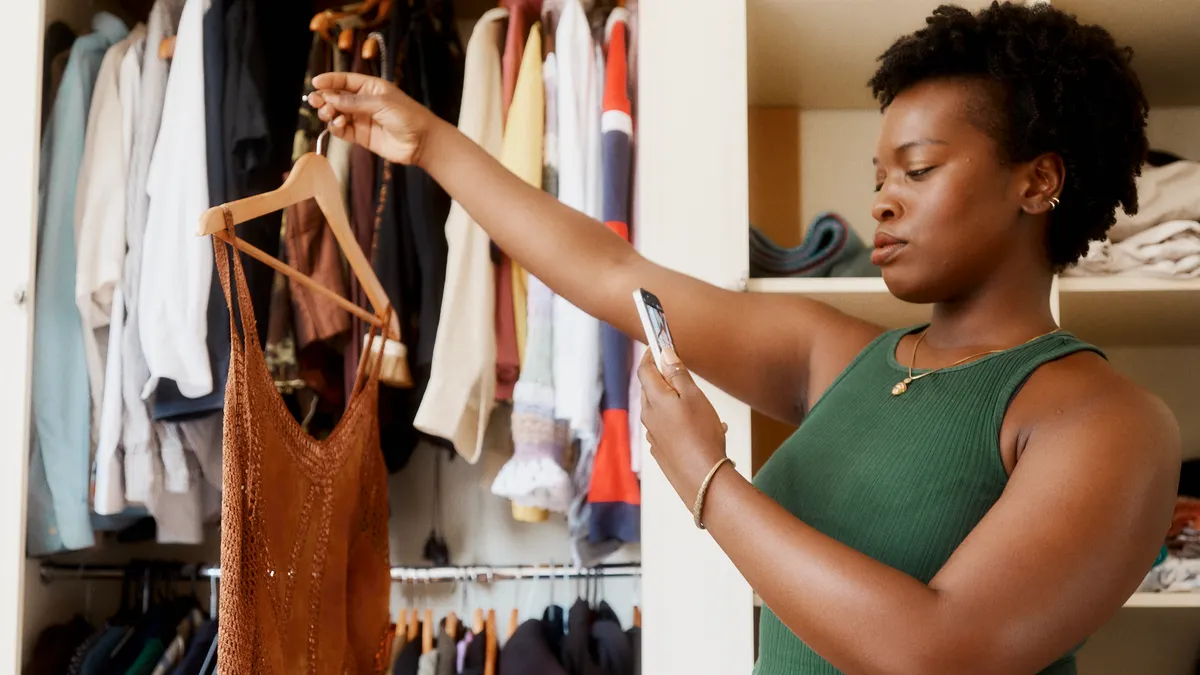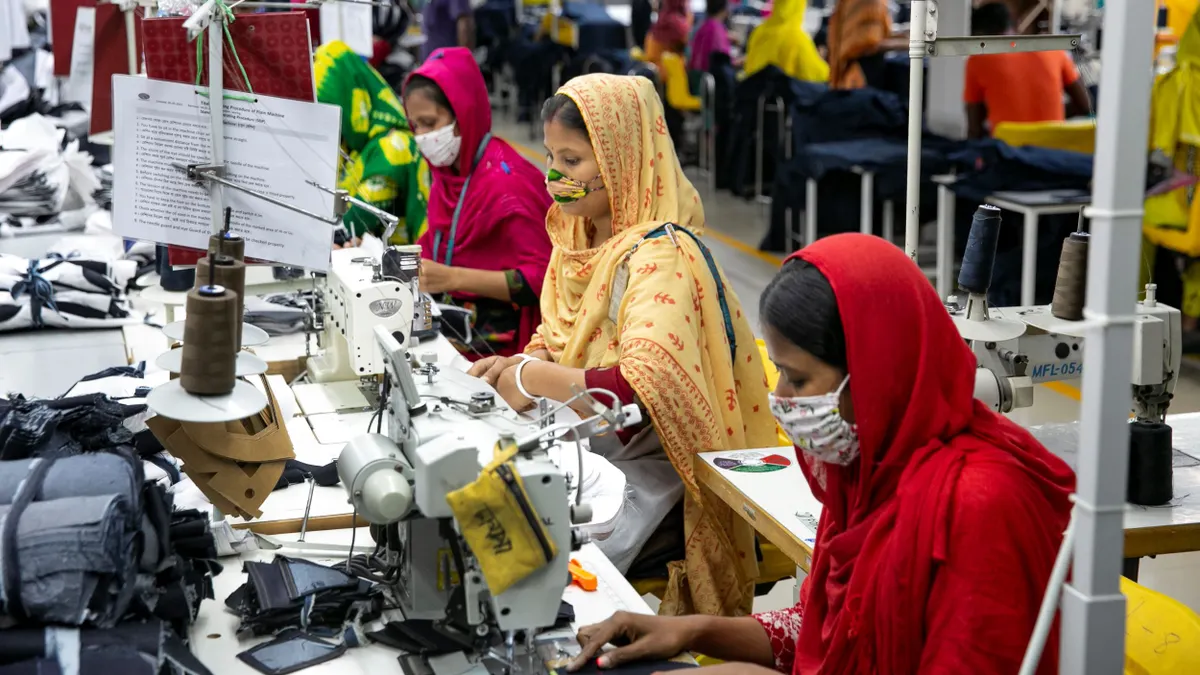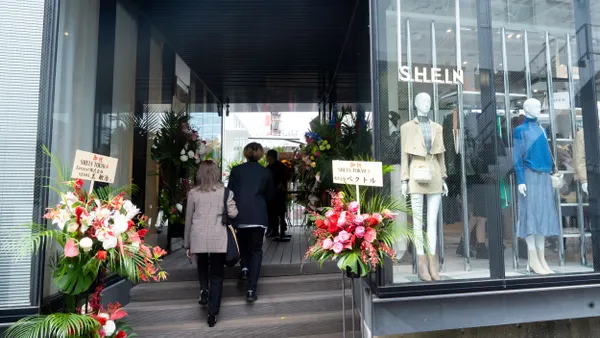The Estée Lauder Cos. are approaching a 2025 deadline for the sustainability goals they established in 2019.
A key goal involves the “five Rs”: that between 75% and 100% of ELC brands’ packaging would be recyclable, refillable, reusable, recycled or recoverable by 2025. The company has also put forth targets to increase the amount of postconsumer recycled material in its packaging to at least 25% and ensure that 100% of its forest-based fiber cartons are certified by the Forest Stewardship Council by 2025. Its most recently released sustainability report, covering the period from July 2022 through June 2023, showed that 71% of packaging met one of the five Rs, while it stood at 19% for PCR and 99% for FSC-certified cartons.
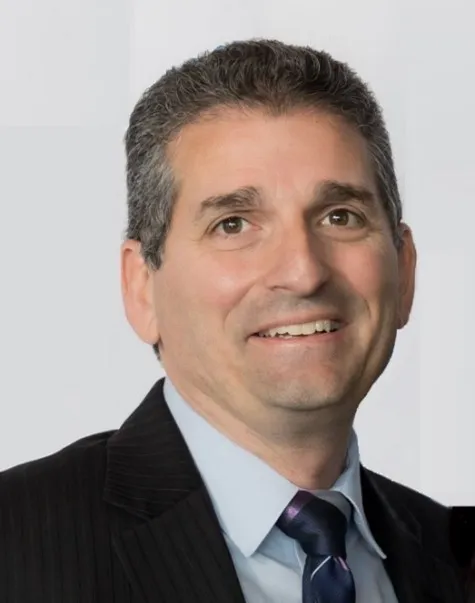
ELC, which now is composed of nearly two dozen brands including Clinique and Origins, was among the wave of businesses that joined the Ellen MacArthur Foundation’s efforts that launched in October 2018 to create a circular plastics economy. ELC’s sustainability strategy is based on the EMF Global Commitment, according to Rob DiPalma, vice president of packaging and engineering sustainability at The Estée Lauder Cos.
DiPalma recently spoke with Packaging Dive about the challenges and successes ELC has experienced in trying to improve the sustainability profile of its packaging and meet goals as 2025 looms.
This interview has been edited for length and clarity.
PACKAGING DIVE: Tell me what you're doing to achieve ELC’s main packaging sustainability goals.
ROB DIPALMA: The goals were our vision of what was truly sustainable for us in cosmetics, knowing that a lot of our packaging is small in nature, and there's a lot of problematic issues that you face when it comes to cosmetics like lipsticks, mascaras, pencils. Things that are small, when it comes to the MRF infrastructure, we knew there would be challenges there. So we really wanted to make sound, realistic goals — they need to be aspirational, but they also need to be realistic. That's what our five Rs were based off of.
When we started this in 2019, that was really before a lot of the regulations started to show themselves. It was good that what we were doing is aligned with a lot of things that are happening now, which put us in a good position.
Those [internal] guidelines are really what positioned us for our brands, what they can follow and how to transition from where we were to where we are going. I look at [the guidelines] as dos and don'ts. They're not mandatory requirements, they’re not set ground rules. They're more of a flexible, collaborative, effective way to achieve high standards.
The brands know what they shouldn’t be doing. But they’re not grounded into, you know, “We’re not using plastic, we can only use glass.” The brands have their own DNA, they know how they need to tailor their messaging and what works for them. We didn’t want to lock our brands into one way and one way only.
Besides the challenges you mentioned with tiny products, what are some challenges that ELC faces with advancing packaging sustainability?
One of our goals is putting PCR into our packaging. We can’t just put it anywhere and everywhere. We go to implementing things like [resins made from] advanced recycling; that’s one way of working it in.
When we use advanced recycling compared to mechanical recycling — and we use them both — we'll implement advanced recycling when aesthetics is definitely a little more of an issue, or if it's a component that maybe is an over-the-counter product. We can't use mechanical for that.
But then there's challenges when we can't actually have available PCR resin. There's going to be times that there just isn't a stream available for the resins that we use.
And sometimes you may say, ‘Well, why do you use that resin?’ You know, we're working with a balance between a package and a product, and you're really building the package to deliver that product performance to the consumer. The package has to be flawless for the life of the product. There’s got to be no interaction, no degradation. And sometimes those resins just don't have PCR availability as an option.
We want the lowest carbon footprint possible. So we're sourcing our converters who are making the packaging in the regions where we're selling, filling and assembling. And it's the availability. You don't want to be shipping resin around the whole world. I think over time, more of that will come, but we have to use what’s available as it’s developing.
Advanced recycling, or chemical recycling, is a rather nascent industry — it’s also somewhat controversial. Does ELC view it as controversial or have any concerns about using advanced recycling?
We don't really see it as controversial. I know that there's talk out there about it because of the mass balance aspects. That's one controversy. The other is maybe, depending on which advanced recycling you're using, is it going to have a lower carbon footprint or not compared to virgin?
You really need to do your due diligence on making sure about who you're using. And having an LCA from them is very critical to make sure that the carbon footprint is better than what you had with virgin, or else the effort is muted.
I, personally, don't have an issue with the mass balance. I think we need to invest in the circular economy, and reducing the amount of waste that's out there is an important factor. Purchasing that allotment of PCR and having it ISCC certified is a critical piece. So doing our due diligence, making sure that you're only getting the allotment that's out there, that you know what you're purchasing and that it's certified — you're doing your part to further the stream for circularity.
Some of the embossment or glossy coatings on luxury cosmetics containers are said to create recycling challenges. Describe how ELC considers that and other factors in trying to balance sustainability with being a luxury brand.
Decoration definitely becomes a challenge at times, and it's something that we're always balancing. Brands want to make sure that the luxury cues are there.
I do think that when it comes to sustainability, that this is an area of evolution. Years ago, the sustainable choices that we had seen, you were sacrificing quality. The aesthetics had to be sacrificed — the color, the clarity, the acceptance of imperfections. Like, ‘Oh, there's going to be a pit mark, and sometimes it goes in the name.’ When you dealt with using a sustainable material, or PCR, back then it was cloudy or too gray. All those things were the reason why we couldn’t go to using something of a sustainable nature.
Our Aveda brand, I feel like they were the pioneers. They were always the ones that found a way to work with the decoration. They were the ones that were able to incorporate the colors. They embraced it in a way to still make it luxury when it was a challenge. I think that in the last few years there's been so many great strides and improvements. With advanced recycling, one of the attributes of it is you're not sacrificing.
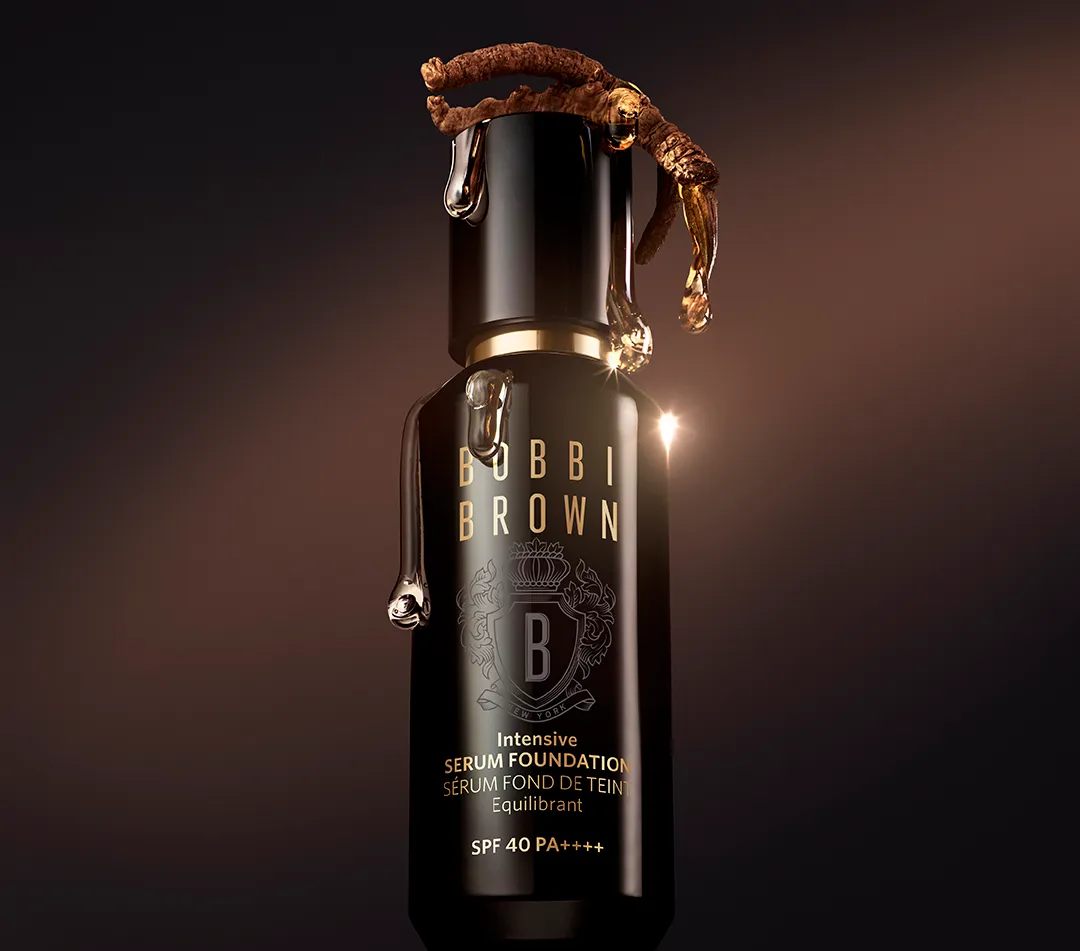
Other ways of making sure that we're getting the luxury aspect and we're still adding sustainability is by doing subtle changes. I was so impressed with one of the changes we made: our Bobbi Brown Intensive Serum Foundation. It was an opaque black bottle — a gorgeous bottle. But it was completely opaque glass, sprayed a completely opaque black, so it was not recyclable. We needed to adjust this to allow light to transmit through so the vision systems at the MRF can detect it as glass, not as a stone or rock or something and kick it out.
They worked with the glass recycler that makes the glass and made several iterations of it, adjusting the opacity. The consumer really couldn’t see the difference. You had to hold it up to the light, and then you could see that light passes through. So no equity change, great quality, it looks exactly like it did before but has a subtle change; the brand was thrilled.
[When people ask,] ‘When are we going to see sustainability changes at Estée Lauder?’ I say, ‘What do you mean? We’ve been changing all these packages already.’ The work has been so well executed. There are people who work on these manufacturing lines every day, touching these packages day in and day out, who had no idea the changes had gone through. That is a testament of how well it’s executed.
But that was also kind of a light bulb moment for me. Because it was like, wait a minute, if we're not seeing changes and we're handling it, then we're not communicating it well. And then the consumers may not be realizing it, either. We need to communicate that the same great quality and brand image is there, but it’s more sustainable.
Describe ELC’s work on reusable and refillable packaging options.
Reuse and refill are two of our five Rs, so it’s absolutely one of our strategies. Our consumers really can help us in the reduction of environmental impact through their purchasing decisions, including by buying products that are in refillable containers. At the end of last fiscal year, I'd say nine of our brands continued to offer refillable containers for select products, so we're definitely invested in doing refills.
My personal take is that refills are going to become a lot more dominant in the next five years. It's just that consumers are not demanding it yet. So we're doing it, but it's just not a draw yet. The incentives aren’t there, or the pressures aren’t there, on the consumers yet — whether it’s not the right financial benefit for them to make the move to refills, or regulations haven’t forced them into that direction to demand refills yet.
But it’s coming. We see it, we monitor it, we know it’s the right thing.
Are you finding that consumers have thoughts on ELC brands’ packaging sustainability, and is it influencing their purchasing decisions?
I think it does. I would say that our consumers are definitely engaged.
We gather a lot of consumer insights, so we get a lot of awareness from our consumers as to what their purchasing decisions are. What we've seen is the more improvements that we've been making to these packages, it has been resonating very well with the consumers.
I do think that it depends on the region as well — some are a little bit more focused on sustainability than others. When we look at Europe, PPWR is driving so much right now. France, I think that they're ahead of what the rest of the world is going to be required to do. And [the Asia-Pacific region] also has segments that are super sustainable with requirements.
Those that are very focused on sustainability I think are very appreciative of what we’re doing. We were focused on sustainability pre-COVID; for a lot of the world, it kind of drifted back into some pockets during COVID. After COVID, I think it’s coming back, which is great because it’s the right thing.



